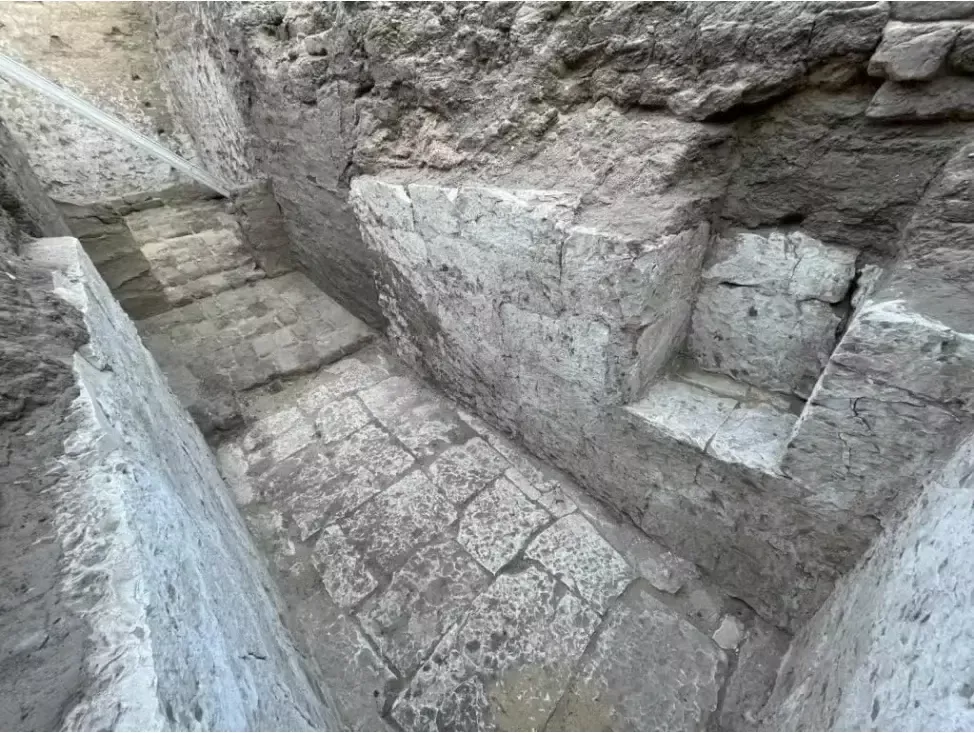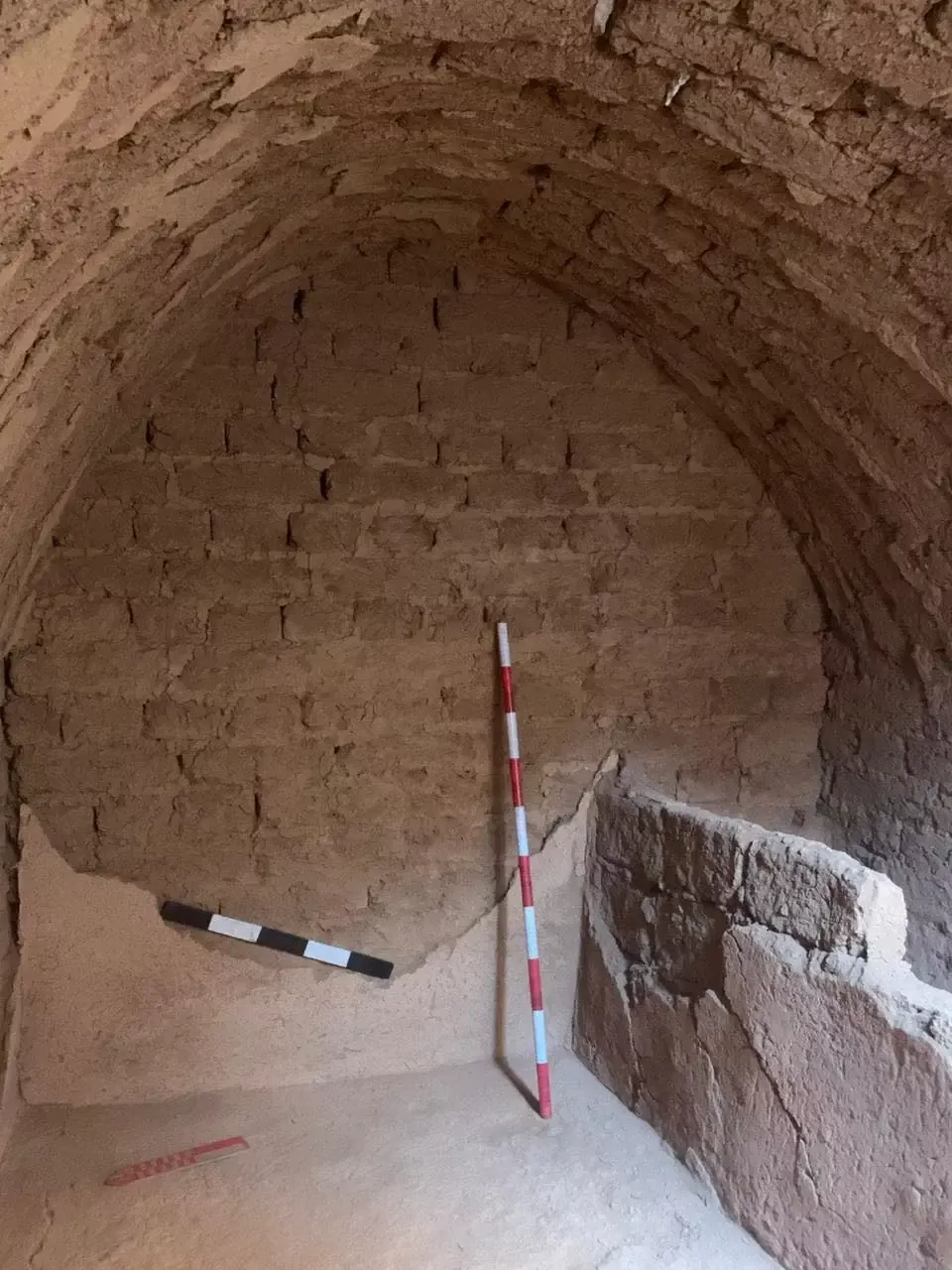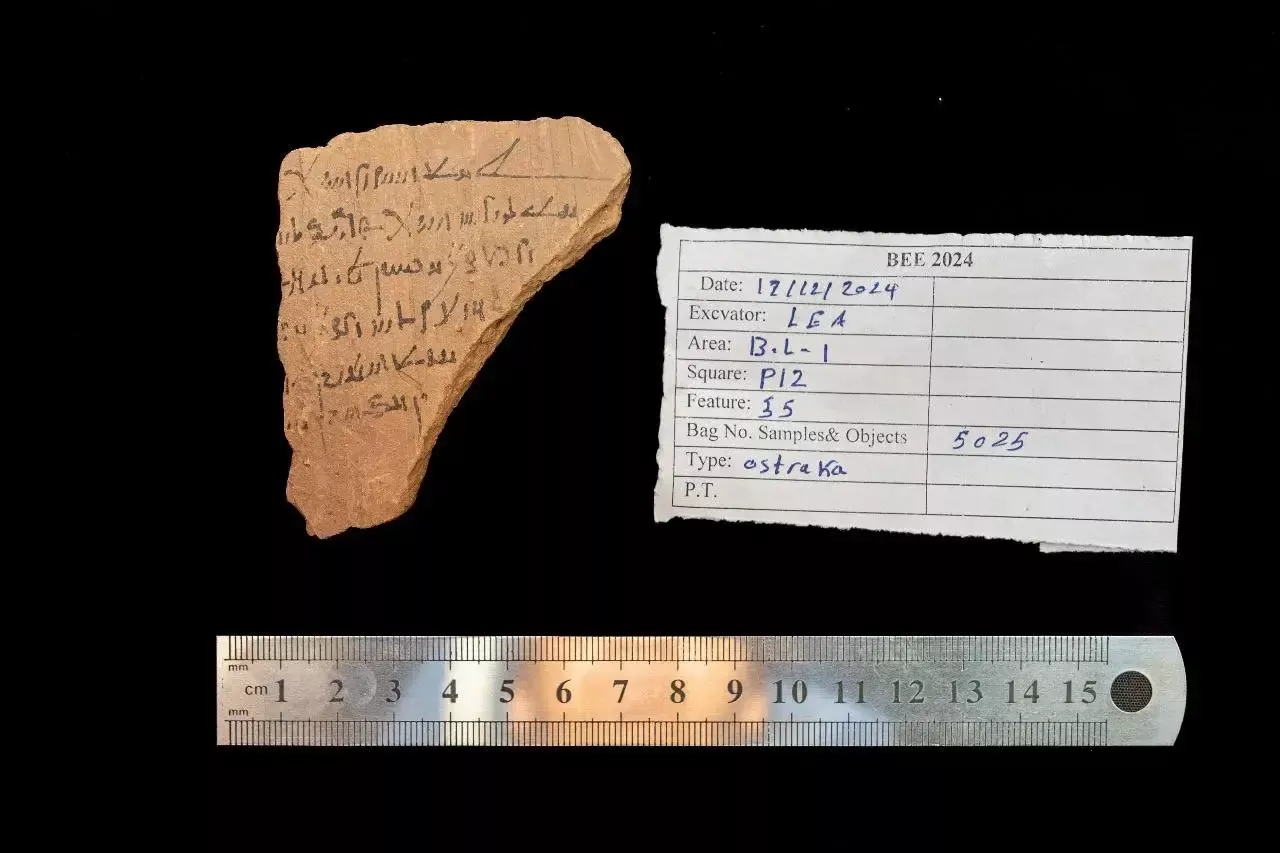
The University of Pennsylvania's Egypt-America Archaeological Mission has identified the tomb of an unknown king who ruled in the Abidos region of southern Egypt 3600 years ago. This was reported by Artnet.
The tomb is located at a depth of approximately seven meters and contains a domed limestone burial chamber built of mud bricks. On either side of the entrance, the names of the Egyptian deities Isis and Nephthys have been preserved. They are often depicted together, as Isis symbolizes birth, while Nephthys symbolizes death.
According to researchers, the Abidos dynasty existed from 1630 to 1539 BC. During that time, the northern part of Egypt was ruled by the Hyksos, while the southern part was governed by several local kings.
The name of the king lying in the discovered tomb remains unknown. Archaeologists believe that his name was inscribed in the images on the bricks in the entrance corridor, but the hieroglyphs were damaged by tomb robbers, making them unreadable.
According to Muhammad Ismail Khalid, the secretary-general of the Supreme Council of Antiquities of Egypt, this discovery provides new scientific evidence about the development of royal tombs in the ancient necropolises of the Anubis mountain. It also creates an opportunity to obtain additional information about the rulers of the least studied Abidos dynasty.
At one time, archaeologists even doubted the existence of this dynasty. However, the situation changed after the tomb of one of the Abidos rulers, Senebkay, was found.
Archaeologists continue to study the area. They speculate that it may be possible to find other royal tombs from that era here, which could help identify the owner of the newly discovered tomb.
The tomb of a king who ruled in Egypt 3600 years ago has been found
👍 0❤️ 0😂 0😢 0😡 0







